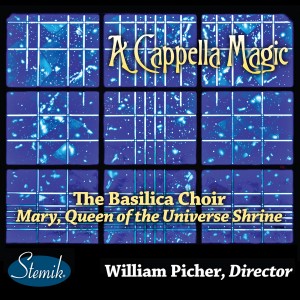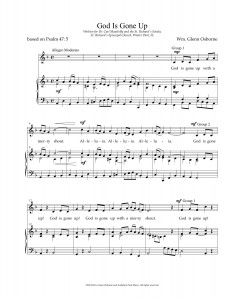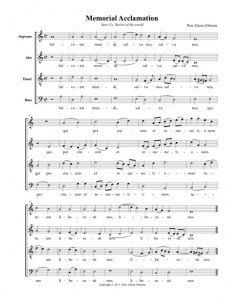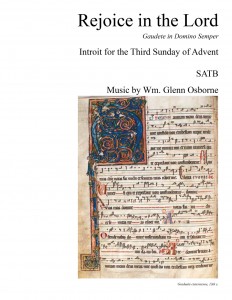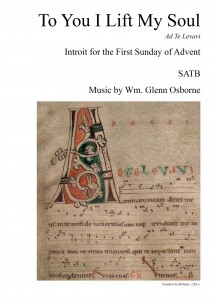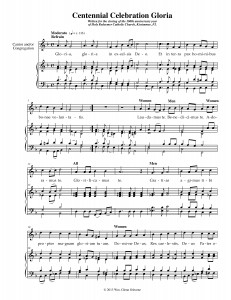 For many years when planning large multilingual diocesan celebrations, I felt Latin would be the best option for the Mass Ordinary. Because these special celebrations often are festive occasions where I had supplemental instrumental resources, using the traditional Latin chants always felt out of place, especially for the Gloria which follows so soon after what typically is a rousing entrance procession. Even though I love chant, the contrast between styles always seemed to make this hymn of praise more of a funeral dirge.
For many years when planning large multilingual diocesan celebrations, I felt Latin would be the best option for the Mass Ordinary. Because these special celebrations often are festive occasions where I had supplemental instrumental resources, using the traditional Latin chants always felt out of place, especially for the Gloria which follows so soon after what typically is a rousing entrance procession. Even though I love chant, the contrast between styles always seemed to make this hymn of praise more of a funeral dirge.
Finally, I took the time to write a more festive accompanied setting of the Latin text for the closing celebration of the Centennial of Holy Redeemer Catholic Church in Kissimmee, Florida. While I may eventually do an SATB version and instrumental parts, the piece was first performed by on June 30, 2013 in unison by the combined choirs of Holy Redeemer. There is a congregational-friendly refrain and the verses are marked for women/men/all choral groupings but could just as easily be sung by a cantor alone.
Purchase of the downloadable score grants permission to reprint as necessary for performance by the person or organization. All other rights (including further distribution) are reserved.

